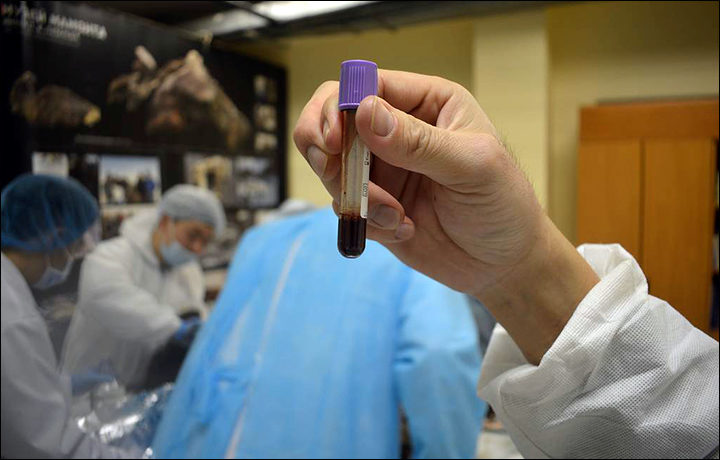OF THE
TIMES
This isn't rape. Ask any teenage boy. Certain things wouldn'r perform if the lad wasn't up for it.
China would have no trouble bringing the "Jewnited Slaves of America" to its knees without even firing a shot. All they would have to do is...
We had a system like this at my Old job at Rio Tinto due to the number of long hours we were driving in the West Australian desert. It was called...
I don't believe that the 'right-left' paradigm will last much longer before one of two things happens: a) there is a civil war, or b) a black swan...
Reminds me of that scene at 58:00 minutes into the [Link] movie Animal House where a serious internal conversation takes place.
To submit an article for publication, see our Submission Guidelines
Reader comments do not necessarily reflect the views of the volunteers, editors, and directors of SOTT.net or the Quantum Future Group.
Some icons on this site were created by: Afterglow, Aha-Soft, AntialiasFactory, artdesigner.lv, Artura, DailyOverview, Everaldo, GraphicsFuel, IconFactory, Iconka, IconShock, Icons-Land, i-love-icons, KDE-look.org, Klukeart, mugenb16, Map Icons Collection, PetshopBoxStudio, VisualPharm, wbeiruti, WebIconset
Powered by PikaJS 🐁 and In·Site
Original content © 2002-2024 by Sott.net/Signs of the Times. See: FAIR USE NOTICE


Earth’s Catastrophe Cycles
[Link]